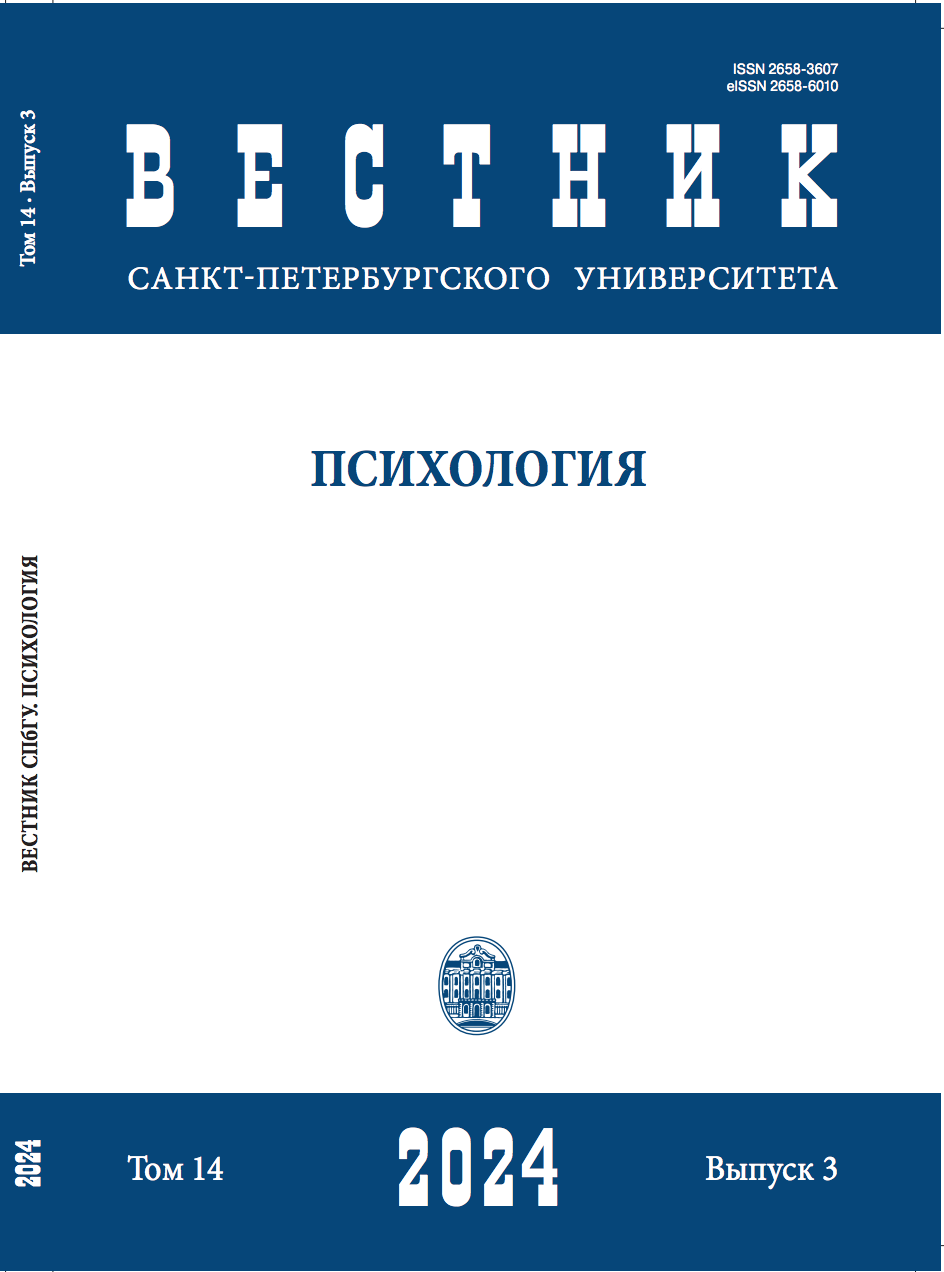Two psychologies: Specifics of research models
DOI:
https://doi.org/10.21638/spbu16.2024.303Abstract
A pressing problem in psychology is the quality of the application of mathematical methods in the practice of psychological research, which was one of the reasons for the emergence of a replication crisis. Also, recently many publications have appeared criticizing mathematical statistics in psychological research within the framework of critical psychology. In our opinion, the following factors play a key role in this problem: 1) the contradiction between the requirement for comprehensive research and the multiplicity of hypothesis testing; 2) the ability to put forward or adjust post-hoc hypotheses; 3) the training of psychologists in the field of mathematical statistics is significantly dependent on the exponential growth in the number of methods for the study of which limited time is given. Consequently, it is necessary to form lists of mathematical methods that are preferable in certain areas from the point of view of statistical practice, the origins of which lie in general methodological principles. The paper examines the problems of the methodology of applying mathematical methods in psychological articles from the point of view of the frequency and dynamics of their use, the dependence of the level of citations and other phenomena on them. It also examines a sample of articles in eight leading APA journals over the past 110 years that use the most current mathematical methods in psychology — 24,657 publications. The sample was obtained using queries to the Psyc- ARTICLES database. Using machine learning methods and automatic data processing, the raw results of search queries were corrected and validated. The work carried out on standardization and validation of data of this kind is the first example of work of this nature carried out in psychology. Based on the validated results obtained using structural equation modeling, two main factors in the use of mathematical methods were identified. Several alternative models are considered and compared.
Keywords:
математические методы в психологии, научные публикации, статистическая практика, история психологии, перспективы психологии, методология, модель, дисциплинарность, разделы психологии, APA
Downloads
References
Проверьте, тут правильно значки расставлены? Курсива тут не предполагается, вроде.
Downloads
Published
How to Cite
Issue
Section
License
Articles of "Vestnik of Saint Petersburg University. Psychology" are open access distributed under the terms of the License Agreement with Saint Petersburg State University, which permits to the authors unrestricted distribution and self-archiving free of charge.




